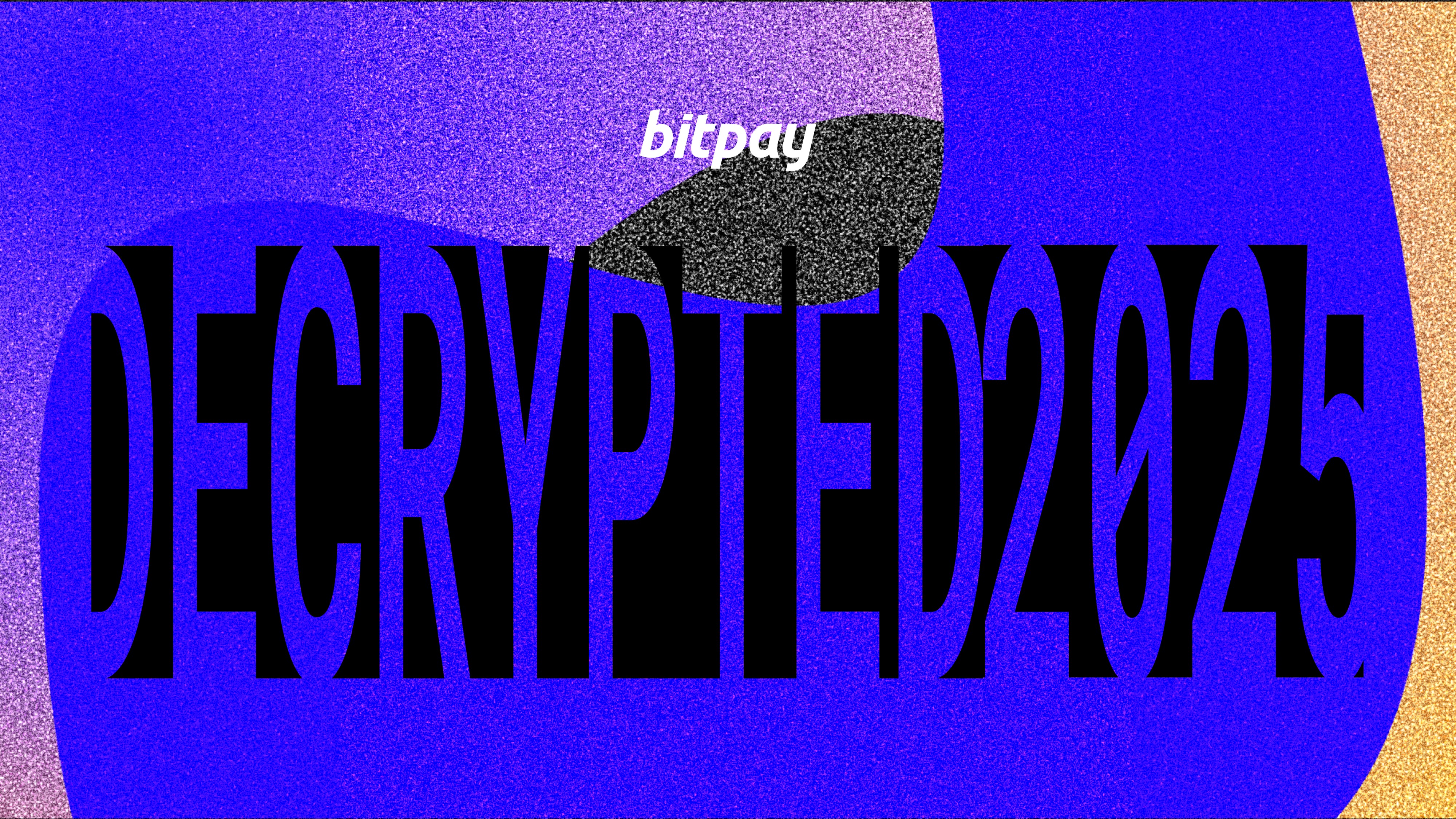November 8, 2022
What is Crypto Bridging?
If you’re looking to move crypto from one blockchain to another, you’ll need to do what is known as crypto bridging. Learn the basics of crypto bridges, why they are useful and how they work.
What is crypto bridging?
A crypto bridge (also known as a cross-chain bridge) is a tool that gives you the power to transfer digital assets and information from one blockchain to another. Interoperability has long been a pain point in blockchain technology. While highly powerful technologies by themselves, cross-chain data transfer can be tedious and expensive. How can you break down the walls of the blockchain ecosystem? Crypto bridges are helping to solve this issue.
Why are crypto bridges necessary?
There are plenty of benefits that come with crypto bridging. For one, you can bridge tokens from one blockchain to another with lower fees and faster transaction times. You won’t lose any value while getting more from your crypto. This is especially the case on the Ethereum network where fees are higher and transactions slower than scaling solutions like the Polygon network.
Blockchain bridges can also be useful in DeFi applications, allowing lenders and borrowers to convert tokens to their preferred blockchain.
How do crypto bridges work?
Let’s say you have BTC but want to use an Etheruem based project. While you have plenty of BTC, the Bitcoin and Ethereum blockchains have completely separate rules and protocols. You can use a crypto bridge to gain access to an equivalent amount of ETH.
Cross-chain bridges don’t actually move your BTC from the Bitcoin blockchain to the Ethereum blockchain. Instead, the bridge will create equivalent tokens that represent your BTC but are usable on the Ethereum blockchain. Smart contracts are created to keep track of everything you transfer and use.
While you could sell your BTC and buy ETH on an open exchange, this would take more time and incur more fees than using a cross-chain bridge.
Bridges and the future of crypto
It can be dizzying to learn of all of the new blockchains, scaling solutions and tokens popping up across the blockchain ecosystem. Cross-chain bridges show that crypto world may be moving towards a more collaborative space emphasizing usability and mass crypto adoption.
Note: All information herein is for educational purposes only, and shouldn't be interpreted as legal, tax, financial, investment or other advice. BitPay does not guarantee the accuracy, completeness, or usefulness of any information in this publication and we neither endorse, nor are we responsible for, the accuracy or reliability of any information submitted or published by third parties. Nothing contained herein shall constitute a solicitation, recommendation, endorsement or offer to invest, buy, or sell any coins, tokens or other crypto assets. BitPay is not liable for any errors, omissions or inaccuracies. For legal, tax, investment or financial guidance, a professional should be consulted.





